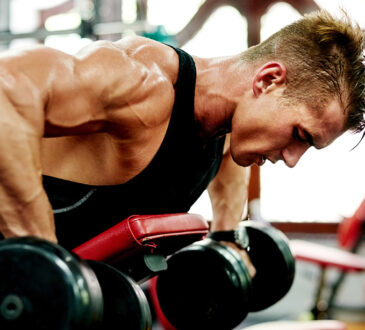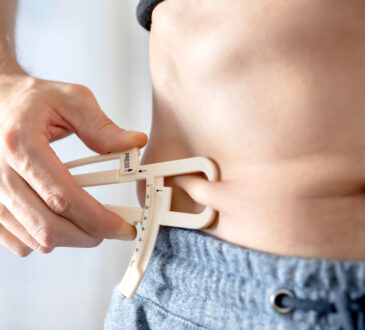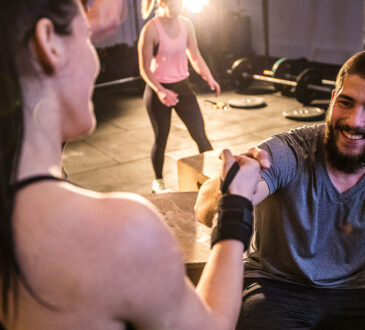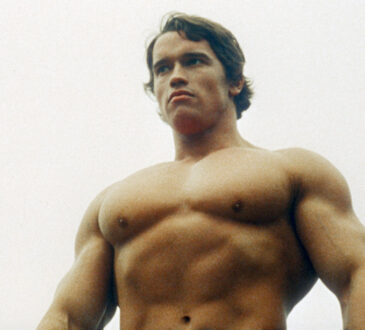
When it comes to calves, we gymgoers typically fall into one of two categories: those who are genetically blessed and have no need to train ¡®em and those who train ¡®em aggressively for years without serious progress. The tips that follow speak to the heart of the latter group¡ªthose who have tried, in earnest, to?build bigger calves?to no avail. Calves are a stubborn muscle group that tends to confound even the most zealous of trainers.
Jim Ryno, CPT, knows well the array first responses for desperate calf hardgainers: heavier weight, more reps, quirky exercises. That¡¯s fine¡ªthose methods sometimes suffice. But here, Ryno dishes his five best tips for building calves worthy of those cargo shorts that you so love to sport in summer.?
1 of 5

Stagger Train
One way that the calf-deficient like to train is using the shock-and-awe method¨Cone session dedicated to punishing the gastrocs unmerciful. Well, if that¡¯s not working, you may want to consider a more indirect approach.
¡°Don¡¯t work your calves with straight sets,¡± says Ryno. ¡°Instead, perform your calf exercises between sets of other exercises. This allows you to actively rest them and allows you to have more strength and lift heavier weight during each set.¡±
Also takes the ¡°must grow now¡± pressure off that can creep up during all-out calf blasts.
2 of 5

Stretch ¡®Em Out
It¡¯s common knowledge that is quickly forgotten when the burn starts to set in: a muscle that is stretched well contracts stronger. That¡¯s why a full range of motion is important, even on calf day. But that¡¯s not the only time that you can benefit from calf stretches.
¡°Stretching your calves before, during and after your?workout will increase blood flow to the target muscle as well as aid?in the overall development of the gastroc, soleus, and tibialis?anterior.¡±
3 of 5

Variety Counts
Even if you are one of the lucky few that finds a calf routine that helps you inflate those peg legs, you will eventually hit a plateau. This is why it¡¯s recommended that you change your routine¡ªno matter the body part¡ªevery four to 8 weeks. But the calves may respond well to even more variety.
¡°Do not perform the same exercises each and every?workout,¡± Ryno cautions. ¡°Change them up periodically as growth stalls when constantly?performing the same exercises in the same fashion.?For example, use?single-leg variations, toes in and toes out positioning, gatroc-focused (straight-leg) one?day and soleus (bent leg) the next.?The body adapts well to constant change and this can be even more applicable with the calves.¡±
4 of 5

Go Plyo
Point toes, rest, repeat. This is a great, albeit very vanilla way to target the calves but getting a bit more dynamic may provide the push that they need to really get growing.
¡°Incorporate plyometric moves into your program that are sprint-specific,¡± says Ryno. ¡°Bounding, linear jumps, plyo step-ups, lateral jumps¡all of these really work the calves explosively.¡±
5 of 5

Lose the Shoes
¡°When performing your calf exercises barefoot it?forces your calves to do more work, allows you to go through a greater?range of motion, and also gives you a better ¡®grip¡¯ when using heavier?weight,¡± says Ryno.
If nothing else, it provides variety and forces your foot and calf to work in unfamiliar ways¡ªa surefire formula for greater growth.?




